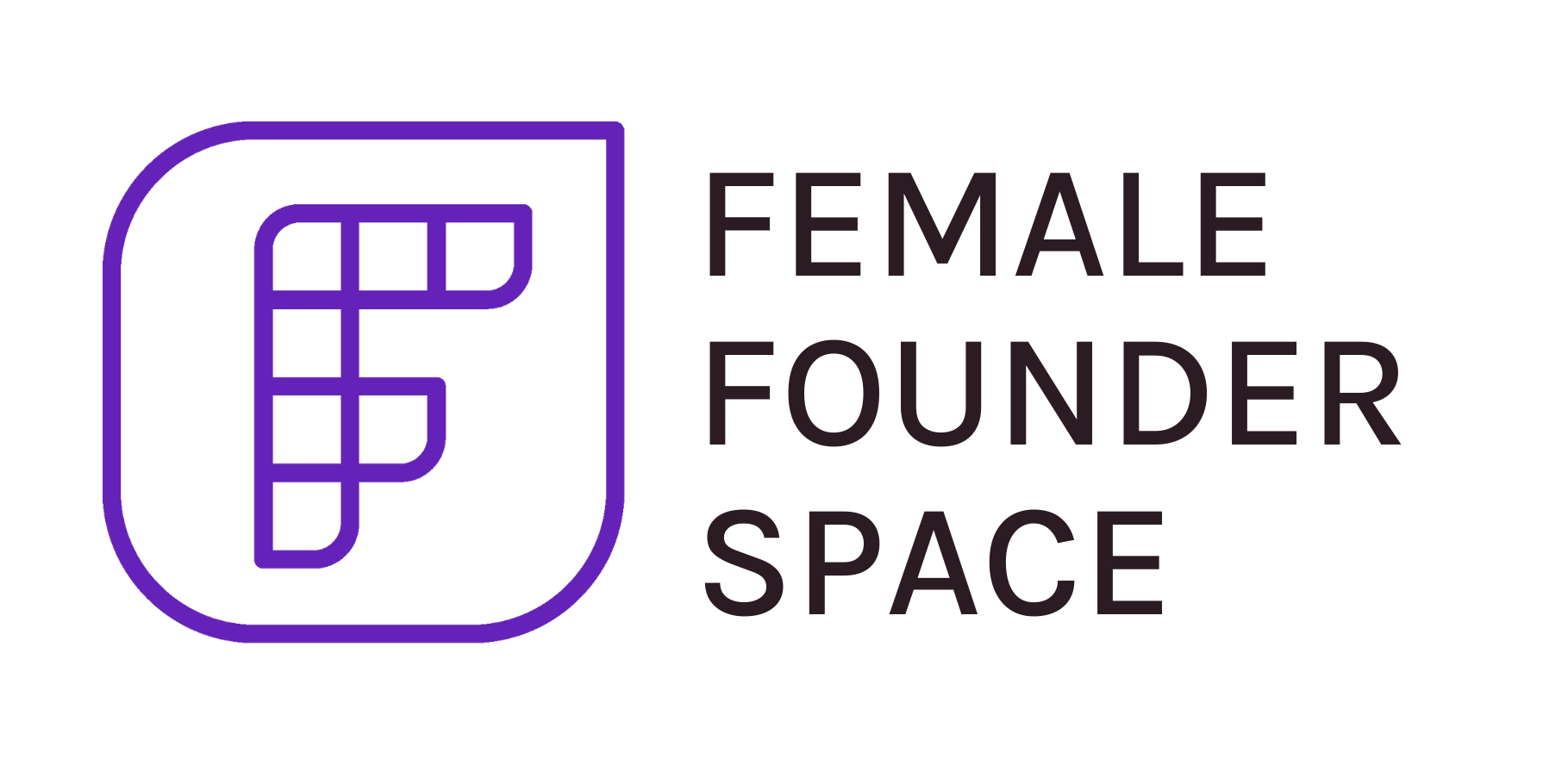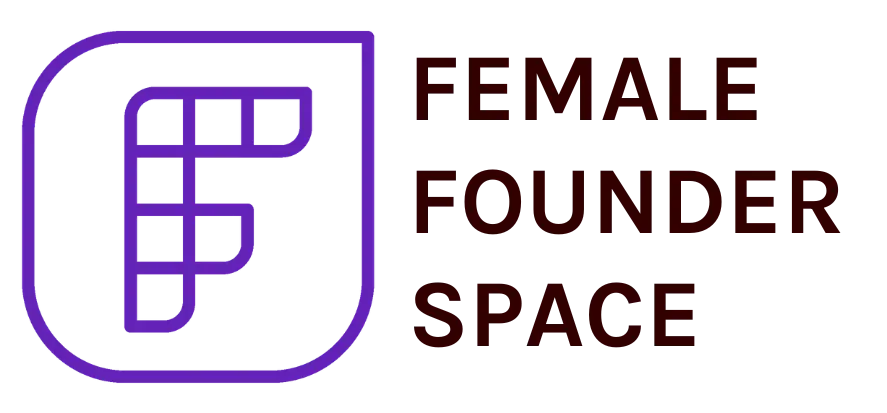SEO stands for search engine optimization. When you search anything on Google, what shows up is based on search engine optimization. So SEO is all about getting your site to rank. It’s called ranking higher in search engines, or the search engine result page: a SERP.
If you ever see that term, that’s what that means. And that’s just the page that you see that has the results from when you have searched on Google, Bing, whatever search engine you use. So search engine optimization is the process of optimizing your site, your presence, your marketing activities, to ensure that you are then going to rank on Google. Um, so some key principles are onsite optimization and we’ll dive into that a little bit further, cause that’s a whole part of what we do. Um, and there’s also offsite optimization. So, there is link building, which is actually a huge thing that I do. So that is part of your backlink profile. Your backlink profile is any and all links that point from one website to yours.
And the reason that this is powerful is because the way Google sees this connection is, they see let’s say site a, and say a is linking to you, your site B. So when they see your link on site a they’re going to say, okay, say A, is, let’s say A is a really good site. This is a really great site in terms of how we rank sites and we score them. So we know that they wouldn’t link to a bad site because that would be bad for them that would bring down their ranking, their SEO value. So therefore this link that they’re linking to must also be a good website. So we call that link juice. So it’s sort of like, um, value by association. So the more that you can have links pointing to your site from these high level websites, the term that I refer to most is domain authority. So that’s essentially a score from zero to 100 of your site. To give you an example, Facebook is probably like a 99 and my website, my small consulting website is like a 40, so 40 is still good. But to just give you an idea, anything lower than 40 is lower quality. That’s part of SEO is getting those links back to your site. And so there are a number of ways to do that. You can do that. It will happen naturally as people sort of pick up your content and link to it. But you can do it intentionally. And that’s what I do. So I help you get links. Um, my clients get links on other sites.
Key words are a really important piece of SEO because they tell Google what your website is all about.
They also help you drive potential customers and clients to your website. So a keyword is usually not just one word, it’s usually a string of words, let’s say “how to optimize your website” might be a keyword. Before you can choose keywords you sort of have to start at the beginning. So you have to figure out what it is that you want to write about, the way that you figure that out is you start with customer and client questions. What are people regularly asking you? What topics come up often? What conversations are you having most regularly with those people? And then you want to look at your competitors. What topics are they talking about? What content are they publishing? And then you want to pull it together into essentially like a list of topics.
And these are just going to be sort of broad general topics. Maybe if you’re a jeweler, the topics are how to tell if a diamond is real? How did choose an engagement ring? How to shop for necklaces? So you take those topics and then you put them into a keyword research tool. The one that I use is called AHREFS. That’s a paid tool. So I use that for clients and for myself. But there’s also a free tool called Uber suggests that’s offered through Neil Patel. And if you do Google ads, you have access to Google’s keyword research tool as well. And so you want to put the topic into the keyword research tool and you want to find a keyword that has high search volume and low competition. So that means that a lot of people are looking, searching for this term, but very few people are actually ranking for it or probably even writing about it.
And so you’re choosing keywords both for your site and your landing pages as a whole, but also for the content that you publish. So for example, my website, the main keyword is organic content marketing and content marketing actually falls above that. If we look at the hierarchy, this is sort of like one subset of content marketing. Um, I also have a page that I rank for social media coaching. Um, and I get a lot of organic traffic because that’s a great keyword. Choosing keywords for both your pages and your website in general. But let’s say we’re talking about just blog content. So you’re going to take those keywords and you’re going to find the best ones and then we’re going to turn those keywords into blog, post titles or content titles. So for example, you might take how to choose an engagement ring if you’re a jeweler and maybe you create a piece of content called, um, 10 ways to choose an engagement ring before you propose.
So you’re bringing that keyword into the content. So your content is based on what you know, people want to read about. And then you’re reinforcing that by finding a keyword that you know people are searching for. This is really important. Also, I was just talking about this the other day. This is really important for businesses that maybe have a lot of jargon in the way that they talk. So for example, in like the customer experience world, there’s like customer journey mapping, customer journey, customer experience analysis. And it’s sort of funny when you do the research, you don’t find that those keywords are very highly searched. They have a really low search volume and then a high competition as a result because there’s very few people actually writing on it and very few people searching for it.
So you want to use this as an opportunity to also find the search terms that your customers and clients are actually using, because that’s how you’re going to get them to your site. So then if we look at this full cycle, so you figure out your topics, find your keywords, put it into a content calendar. Let’s say you create the content. So the way that this works is Google sees that you have this piece of content and, it sees that you have a similar keyword that’s spread out throughout the content. So this tells Google, this is what this content is about. This tells any search engine this is what this content is about. So then you start ranking for that content because you’ve now optimized it. And Google knows that it is about this. Because the more people click on it and read it and the longer they spend on the page, the more Google is going to see, this is what this content is about. And it’s also really valuable because it’s getting a lot of clicks and people are really spending a long time on it. So that’s the full cycle of keywords, how they work, how to find them.
So once you find that keyword, there are a few specific places that Google is looking to see that keyword in your content. The first is in the headline as close to the front as possible. So if the keyword was “how to choose an engagement ring”, the content, it would be best to be 10 tips to choose an engagement ring for your proposal versus 10 tips to propose with the best engagement ring, for example.
So you want to have it as close to the front as possible. You also want to have that keyword in the first sentence of your content. So even a landing page, you can put that in the very, let’s say the very top, maybe intro content on, let’s say a sales or landing page. You want to have it in at least one H2 (secondary header). So the only headers you ever create on your content is going to be H2 and lower because the title is already formatted as an H one. So let’s say in a blog post, you just put the title in on the backend and it automatically makes it an H1 on the front end. You don’t want to override that. And then you want to put it in your transition paragraph as you lead into the content. So let’s say you have three paragraphs in the beginning. You want to put it in the very last paragraph, and then you want to have it sprinkled throughout the content naturally is the keyword here. So don’t force it into the content to try to make it work, try to figure out where it fits naturally, where you might be able to tweak wording to pull that in. Um, and finally you want it in your conclusion. So in the conclusion paragraph of your article, so the focus is on natural and there are two things to say about that one. One, don’t force it. Fit it where it can, but two, if you’re feeling like you have to force it, your content may not be written well enough.
You may not be as on topic, as you think that you are, you should be able to naturally fit that keyword into your content just as you’re writing it, because it makes sense for what you’re writing. So if you’re struggling to fit it in there, maybe go back to the writing phase and ask yourself, “do I need to get more specific with my content here?”

